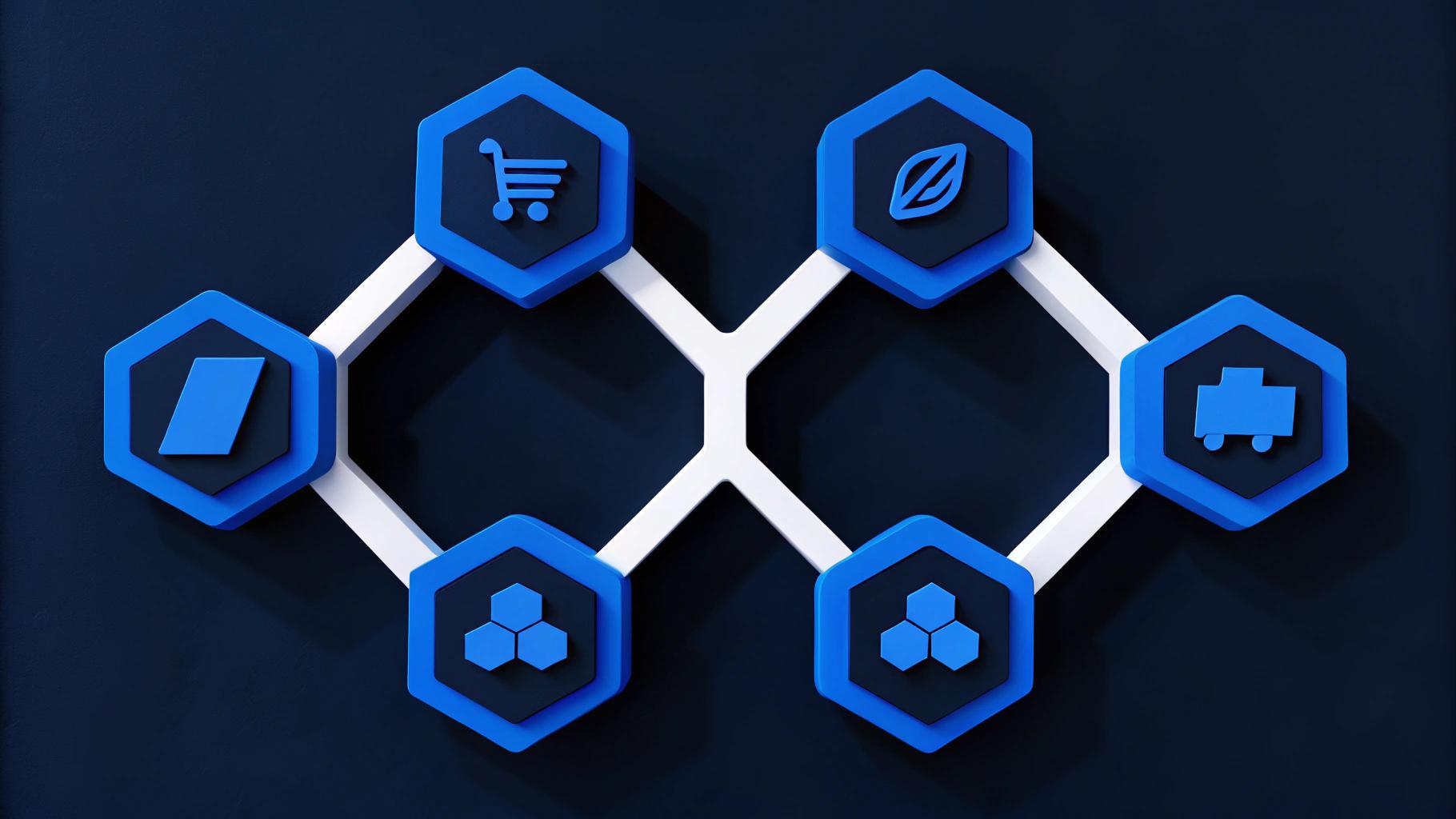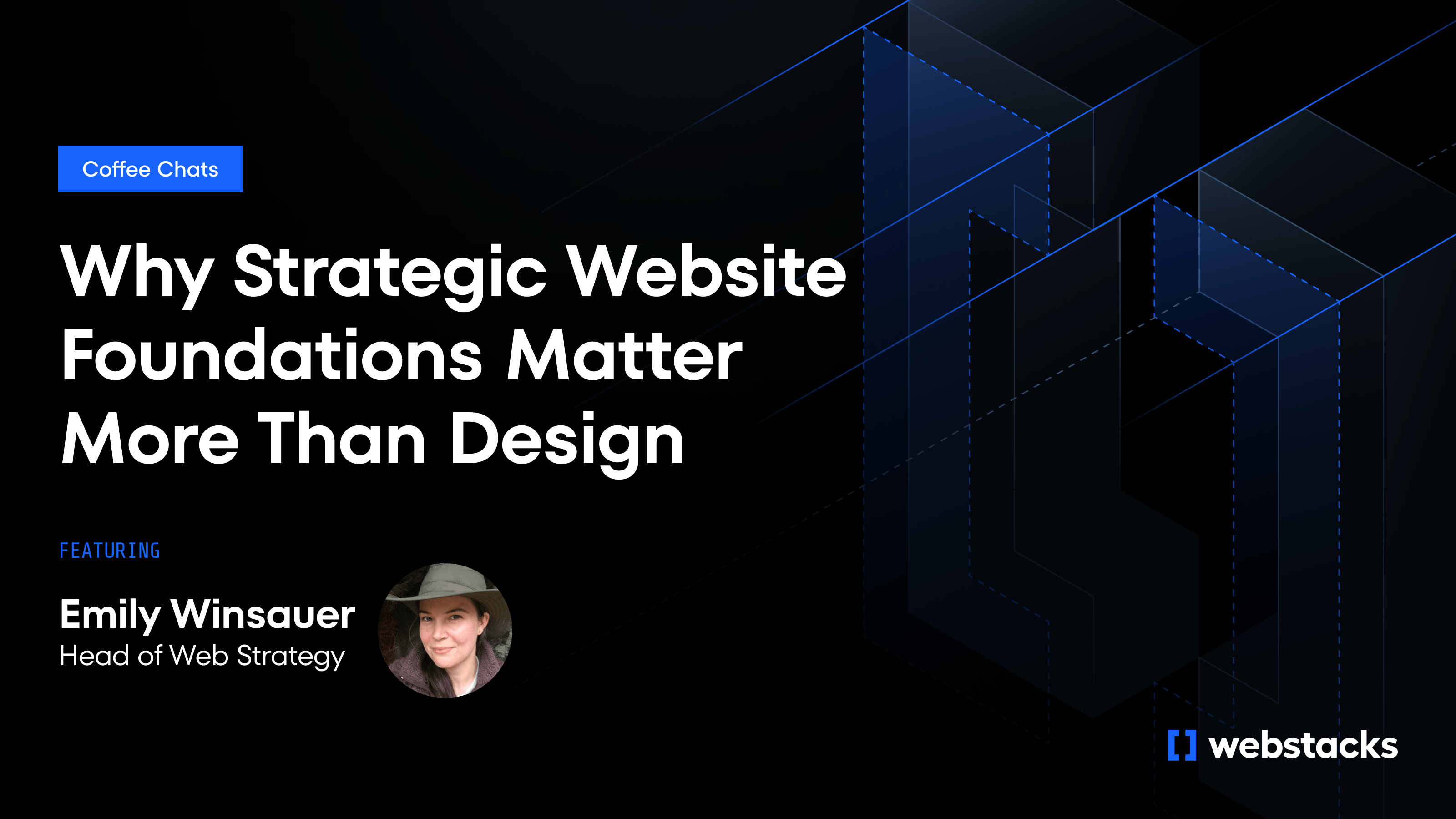Traditional commerce platforms weren’t designed for today’s pace of innovation. They lock teams into rigid systems, slow down launches, and make it hard to deliver the kind of tailored experiences modern buyers expect.
Composable commerce flips that model. Instead of relying on one-size-fits-all suites, businesses can now build flexible, API-first stacks using the best tools for each function, whether it’s product discovery or checkout.
As more brands make the shift, choosing the right platforms becomes a must. The tools below are the best composable commerce platforms that stand out for their performance, ecosystem support, and ability to plug into any composable setup.

10 Best Composable Commerce Platforms in 2025
As you build your composable tech stack, consider our top picks:
1. Commercetools
Commercetools is a pioneer in composable commerce and a founding member of the MACH Alliance.
Global manufacturers use Commercetools to expand across regions while keeping a unified backend. It lets them create market-specific frontends without losing consistency in core systems.
What makes commercetools special:
- Exceptional flexibility for customization
- Top-tier APIs for seamless integrations
- Strong support for complex B2B pricing and catalog structures
- Can handle high-volume transactions and massive product catalogs
Commercetools is best suited for enterprise organizations with strong technical teams that need highly customized commerce experiences. Its modular design lets companies start with specific components and grow over time.
2. BigCommerce
BigCommerce is a SaaS platform with a powerful B2B Edition that balances composability with ready-to-use functionality.
The platform helps wholesalers and suppliers support both direct B2B sales and marketplace expansion. This dual approach helps companies reach wider audiences while maintaining control of their direct sales channels.
What makes BigCommerce stand out:
- Fast deployment: Their SaaS model gets your ecommerce operation up and running quickly.
- Ready-to-use B2B features: The platform comes with B2B functions built-in, reducing customization needs.
- Flexibility with simplicity: BigCommerce strikes that sweet spot between customization options and user-friendly implementation.
BigCommerce is a great choice for mid-sized companies that want to get online quickly, have small tech teams, need something easy to use but still flexible, or are growing into both B2B and B2C without needing a big tech overhaul.
3. Elastic Path
Elastic Path is an API-first platform built specifically for composable commerce. It’s perfect for B2B organizations with intricate product structures and pricing needs.
Telecom and industrial companies use Elastic Path to handle complex pricing, multiple catalogs, and account-specific products. A telecommunications equipment manufacturer, for example, can create tailored catalogs for different enterprise customers, each with unique pricing tiers and product configurations.
What makes Elastic Path stand out:
- Product and pricing flexibility at scale: It handles sophisticated pricing models, including volume-based pricing, customer-specific discounts, and dynamic pricing.
- Multi-catalog management: You can maintain multiple catalogs simultaneously, making it easier to serve different customer segments or manage products across brands and regions.
- Subscription commerce capabilities: The platform supports subscription-based business models, handling recurring billing, renewals, and subscription lifecycle events.
Elastic Path is ideal for organizations with complex products and pricing, particularly in manufacturing, distribution, or tech, as well as businesses running subscriptions or hybrid service models.
4. Adobe Commerce (Magento)
Adobe Commerce, formerly Magento, is a comprehensive commerce platform that taps into the power of the Adobe Experience Cloud ecosystem. This combination gives businesses tools for creating rich, personalized commerce experiences.
Enterprise distributors use Adobe Commerce to build unified B2B and B2C experiences with advanced content personalization.
For example, an industrial supplies distributor might create tailored product catalogs and pricing for different customer segments while maintaining a consistent brand experience across its B2B portal and consumer website.
What makes Adobe Commerce special:
- Powerful personalization features for dynamic content and product recommendations
- Smooth integration with other Adobe Experience Cloud tools for content management, analytics, and marketing automation
- Strong B2B functionality, including account hierarchies, custom catalogs, and complex pricing models
Adobe Commerce is a great choice for organizations already using Adobe products or needing sophisticated content and commerce integration.
5. Salesforce Commerce Cloud
Salesforce Commerce Cloud is a powerful commerce platform deeply connected to the Salesforce ecosystem. It combines commerce functionality with Salesforce's CRM and customer service tools.
What makes it special:
- CRM-powered personalization: Use customer data to create tailored buying experiences and targeted marketing campaigns.
- Seamless ecosystem integration: Connect easily with other Salesforce products like Service Cloud and Marketing Cloud for a unified business platform.
- Robust order management: Handle complex B2B orders, including recurring orders, volume-based pricing, and account-specific catalogs.
- AI-driven insights: Use Einstein AI for predictive analytics and intelligent product recommendations.
Salesforce Commerce Cloud is a smart choice for organizations already invested in Salesforce. It’s also great for businesses that want a unified view of customer data across sales, service, and commerce. If you need advanced personalization, automation, or AI-driven insights to simplify B2B order management and enhance the buying experience, this platform is a good choice.
6. Vue Storefront
Vue Storefront is a powerful frontend platform designed to work with any headless commerce backend. It lets companies improve their user interface without changing their entire backend infrastructure.
Global companies use Vue Storefront to build fast, responsive Progressive Web Apps (PWAs) that work across devices
What makes Vue Storefront special:
- Exceptional speed and smooth navigation
- Composability at the presentation layer, making customization and updates easy
- Compatibility with multiple backend systems, offering flexibility in technology choices
Vue Storefront is a good fit for organizations wanting to improve their frontend experiences without changing existing backend systems.
7. Fabric
Fabric is an order management system built for retailers and brands that need to move fast without ripping out their entire tech stack. It’s ideal for teams stuck on slow platforms who want to modernize one piece at a time.
What Fabric offers:
- Pick-and-choose architecture: Use only what you need. Start with PIM or OMS, then add cart, checkout, or dropship later
- Real-time inventory and flexible order routing: Know what’s in stock, where it is, and how to ship it most efficiently, whether it's from a store, warehouse, or supplier.
- Headless and API-first: Build any frontend you want.
- Plug-and-play integrations: Works easily with tools like Stripe, Contentful, and Vercel to speed up deployment.
- Built-in AI: Smart search and fulfillment tools that help you find answers faster and ship more efficiently.
Fabric is for mid-market and enterprise retailers selling across channels: ecommerce, wholesale, marketplace, or brick-and-mortar. It's especially useful for teams who want to modernize in phases without slowing down sales or operations.
If your business has multiple product catalogs, complex pricing, or hybrid B2B/B2C workflows, Fabric is built for you.

8. Spryker
Spryker is designed for enterprises with complex digital commerce needs. It supports B2B, B2C, and marketplace models.
Key features include:
- Modular architecture: Spryker's platform allows for the independent adoption of services such as Product Information Management (PIM), Order Management System (OMS), Offers, and Dropship.
- Real-time inventory and order management: The OMS provides real-time visibility into inventory across various channels and locations. It supports complex fulfillment strategies, including Buy Online, Pick Up In-Store (BOPIS) and ship-from-store.
- Headless commerce capabilities: Spryker's headless architecture offers flexibility in creating personalized customer experiences across web, mobile, and other digital touchpoints.
- Integration ecosystem: Prebuilt integrations to third-party applications like Stripe, Vercel, and Contentful.
- AI-powered operations: Spryker incorporates AI to improve operational efficiency, and offers features such as natural language search for inventory and order data, and intelligent order fulfillment recommendations.
Spryker is for enterprise businesses with high complexity, such as manufacturers selling direct and through dealers, or retailers operating across dozens of regions and channels. If you're trying to build a tailored experience that off-the-shelf platforms can't handle, Spryker gives you the flexibility to do it your way.
9. BetterCommerce
BetterCommerce is a modular solution for mid-sized businesses wanting composable commerce without excessive technical complexity.
For example, a B2B equipment supplier can set up a comprehensive online storefront with product information management, an order management system, and analytics capabilities.
What makes BetterCommerce special:
- Unified approach to PIM, OMS, and analytics in one platform
- Maintains composable architecture for flexibility and scalability
- Reduces technical complexity while offering modern commerce features
- Enables quick market entry for new digital commerce initiatives
BetterCommerce is ideal for mid-market companies with limited technical resources and those transitioning from legacy systems. It also suits businesses that want to launch quickly and prefer straightforward implementation rather than heavy customization.
10. VTEX
VTEX is a composable commerce platform following MACH principles with integrated marketplace and order management capabilities. This combination makes it powerful for businesses scaling globally and embracing complex commerce models.
What makes VTEX special:
- Global scale capabilities: VTEX supports international commerce with multi-language, multi-currency, and localized tax handling features.
- Multi-seller support: The platform's native marketplace functionality allows businesses to easily onboard and manage multiple sellers, expanding product offerings without inventory risk.
- Complex international requirements: VTEX is adept at handling diverse regulatory compliance needs across different regions,
VTEX is best suited for businesses operating internationally that need to manage multiple countries and channels from a single platform. It’s valuable for companies expanding into marketplace models or handling complex, hybrid selling scenarios.
How to Choose the Best Composable Commerce Platform
When selecting the ideal composable commerce platform for your business, consider these factors:
Internal Development Resources
If you have a strong in-house development team, you may be better equipped to handle highly customizable platforms such as Commercetools or Elastic Path. For organizations with limited technical resources, platforms like BigCommerce or BetterCommerce, which offer more out-of-the-box functionality, might be a better fit.
Integration Maturity
If you already have a mature tech stack with multiple integrated systems, look for platforms with robust APIs and extensive integration capabilities. For businesses just starting their digital transformation journey, prioritize platforms that offer guided integration processes and strong partner ecosystems.
Scalability vs. Speed
Platforms like Fabric or BigCommerce can offer faster time-to-market but may have limitations for complex, global operations. On the other hand, solutions such as Commercetools or Spryker provide extensive scalability but often require more time and resources to implement fully.
Additional Tips
To avoid vendor lock-in, prioritize platforms that adhere to MACH principles and offer open APIs.
Your go-to-market model should also influence your choice. Direct B2B sellers might prioritize platforms with strong account management and complex pricing capabilities, while businesses exploring marketplace models should consider solutions that offer built-in marketplace functionality.
Start small with specific use cases and expand gradually. Identify a particular pain point or opportunity in your current commerce setup and implement a composable solution to address it. This approach allows you to gain experience and demonstrate value before committing to a full-scale transformation.
Composable Commerce Is the Future And Customization Is Key
Rigid platforms don’t cut it anymore. As customer expectations grow and business models evolve, the ability to adapt quickly sets modern commerce leaders apart.
Composable platforms give you that edge, letting you choose the best tools, scale where it counts, and deliver tailored experiences without the overhead of legacy systems.
There’s no one-size-fits-all approach. The best platform is the one that fits your team, your stack, and your goals right now, while leaving room to grow. Start with what solves a real problem today, then build from there.
And if you're ready to give your website a composable upgrade, reach out to Webstacks today to get started:




